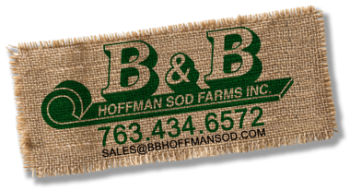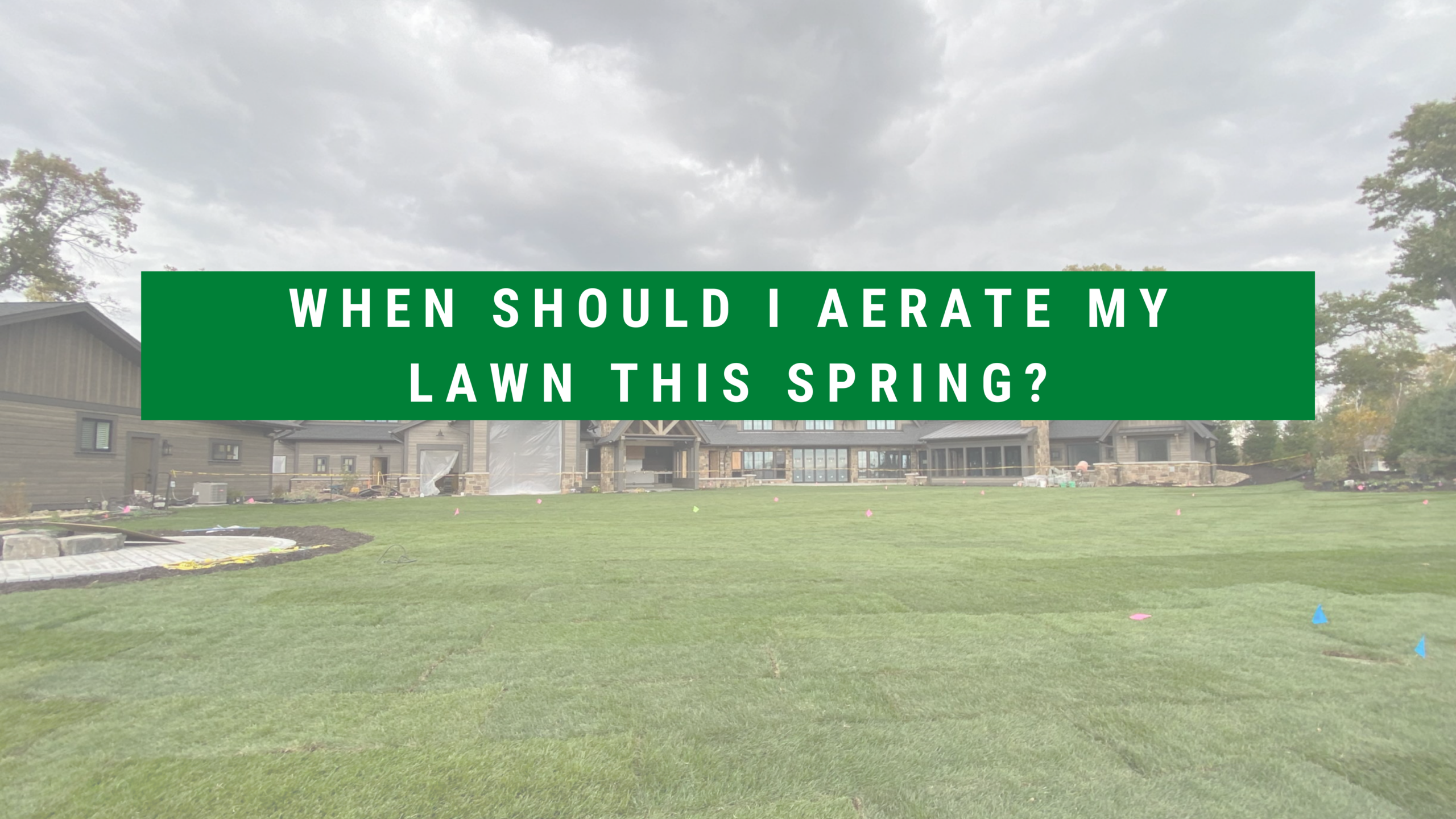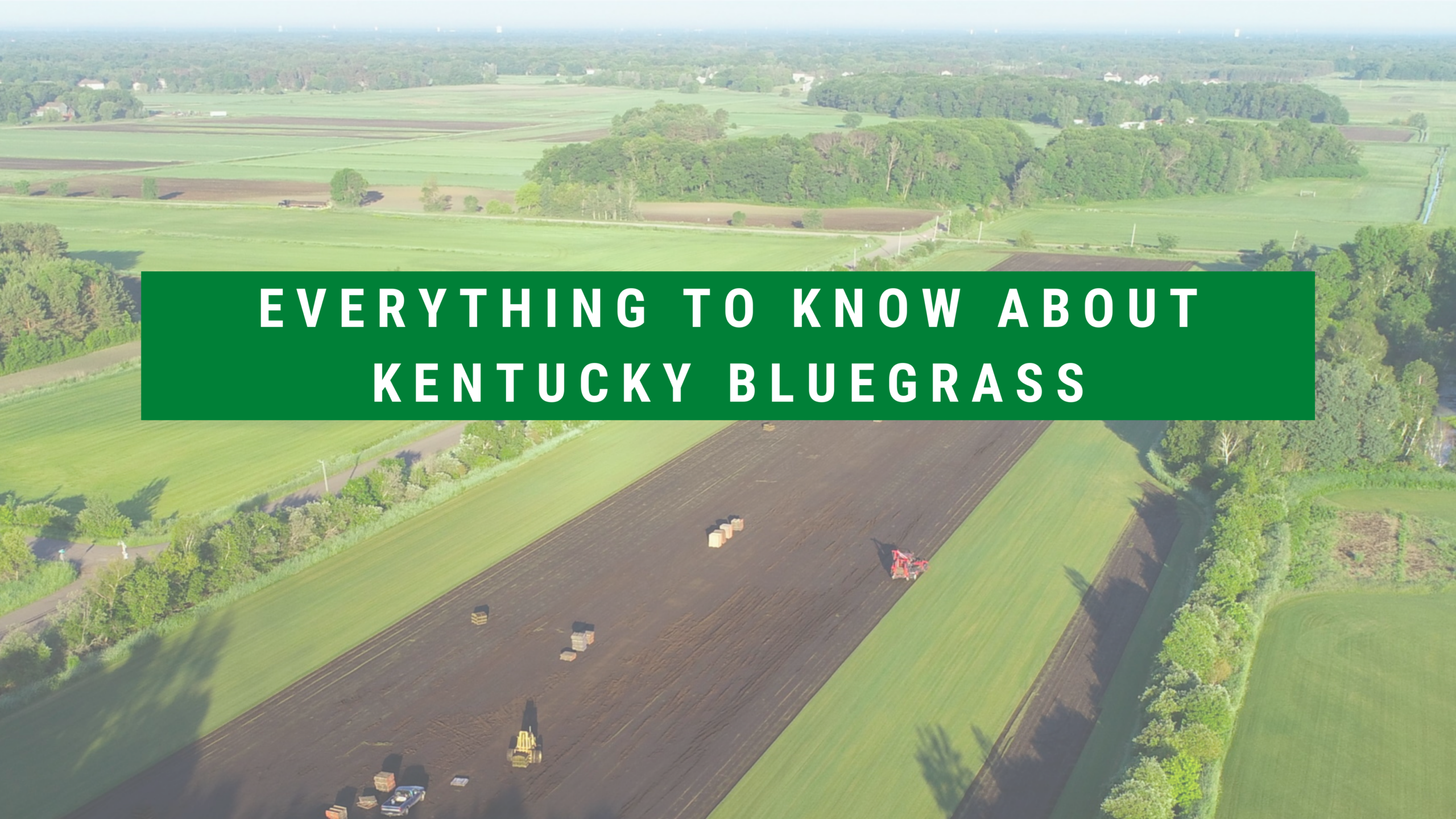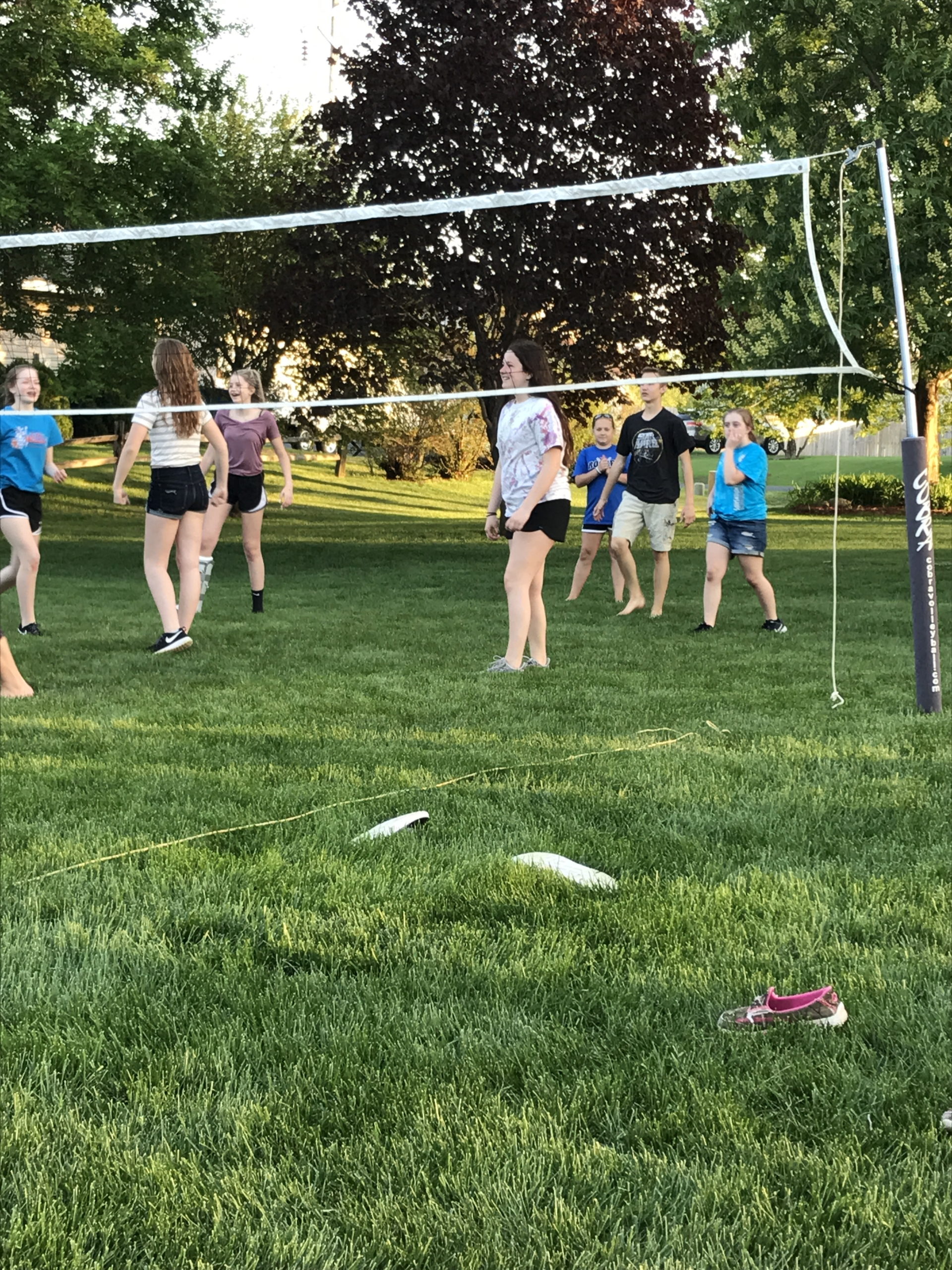The best time to aerate your lawn is when it is actively growing. In Minnesota, the cool-season grasses are most actively growing in the spring and fall when temperatures are moderate. Aerating while the roots are still active will help you achieve the healthy, green lawn you want.
How to tell if your lawn needs aerating. There are several signs that a lawn is in need of aeration. In addition to making aeration a regular part of your annual yard prep and/or clean-up, watch for indications that water is not penetrating the soil properly. Other signs to look for include brown or dead spots, thin and dull grass, or grass that just doesn’t seem to grow much (if at all).
How frequently should you aerate your lawn. As long as you are aerating at about the same time each year, an annual aeration should be all you need to support a healthy lawn.
When not to aerate your lawn. Aerating a lawn during times when the grass is dormant is never a good idea because it can open your lawn up to weed growth or other problems. You should also avoid aeration when your lawn is wet. It is best to wait until the grass is actively growing.
If the snow melting in the spring means a destroyed lawn for you, that even aeration won’t revive, reach out to B&B Hoffman for Kentucky Bluegrass sod. Kentucky Bluegrass is known for its dense, lush, and durable qualities making it the perfect choice for Minnesota yards.
________________
If you have a yard renovation on your mind or sod need for 2022, give us a call for a quote on high-quality Kentucky Bluegrass Sod. Each piece is grown in uniform thickness and bred to be dark green, soft, and durable to withstand harsh climates.



